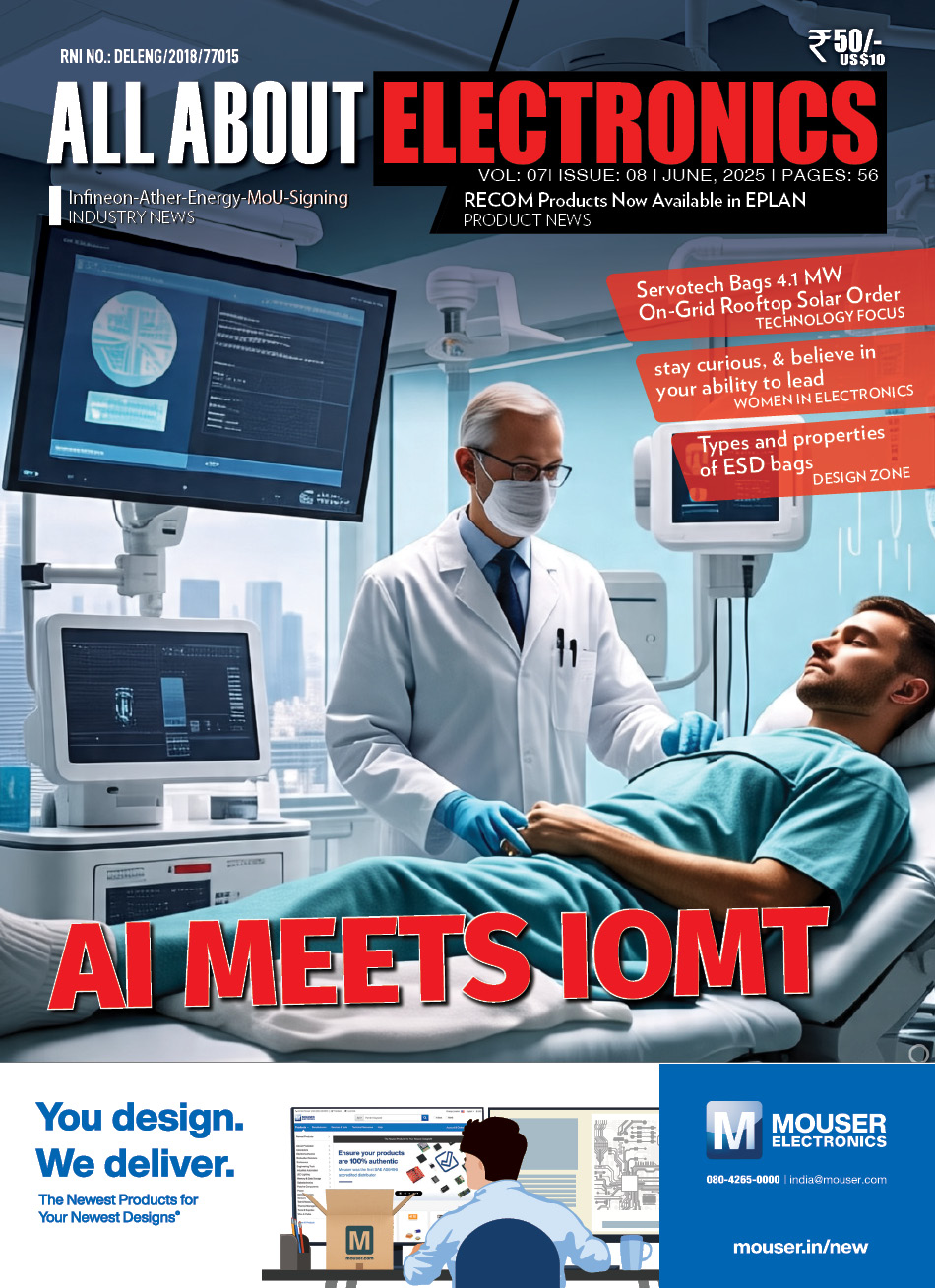Learn about the creator of the RFID technology.
Charles Walton was born on 11 December 1921 and grew up in Maryland and New York. He graduated from the Cornell University with an electrical engineering degree and went on to study at Stevens Institute of Technology. In the 1940s, Walton was pursuing a master’s degree, which is why he was not drafted into the army during the war in Europe. It was only later that he joined the military and served in the signal corps, where he gained valuable experience that helped him advance his career. After getting discharged, he began working in IBM research centres, focusing on developing communication technologies. In 1970, Walton decided to start his own company, Proximity Devices Inc.
The first success of RFID
Interestingly, Walton was not the first inventor to work on radio frequency identification. At that time, this technology was being researched by different scientists around the world. However, it was Walton who successfully managed to create solutions for the consumer market by taking advantage of his knowledge, expertise and… the patents he obtained in prior years. One of his first projects was an electronic lock which could be installed, for instance, in doors. Not only did his company sell these locks, but also licenced this solution to other companies, thanks to which it gained popularity initially on the American market, and later all around the world. Nowadays, locks using RFID tags instead of keys are commonly found in offices, warehouses, public spaces, etc. Amazingly enough, even though the product was developed nearly 50 years ago, modern systems are often based on the original concept. Over the years, contactless technologies have become vastly popular and are now used in many different areas of our lives.
Spies, amateur radio operators and patients
The idea for the device to be powered by the same electromagnetic radiation which it processes is by no means new. The first amateur radios, frequently built by electronics enthusiasts before the war, worked in the same way. One may even say that the RFID technology is an indirect descendant of the infamous covert listening device planted in the US ambassador’s study during the Cold War. The circuit was passive, meaning that it was almost undetectable until illuminated by electromagnetic radiation of certain frequency. The radiation induced current in the power inductor and activated the bug, which then transmitted the registered sounds via radio waves, in a way “in response to” the illumination signal.
Apart from influencing the ways of gathering intel, the RFID technology has also revolutionised our daily lives. Today, RFID readers are available in a number of standardised formats, integrated with popular communication interfaces (e.g. USB). Cards and tags are very often used for quick and controlled access to buildings, offices, stairwells and even devices (e.g. shared network printers). The RFID technology is also used in a multitude of solutions from the field of logistics, product tracking and production processes. Moreover, it is used for the identification of patients in hospitals and many other applications. Currently, the technology is incredibly simple to implement thanks to convenient programmers. As a result, we can enjoy effortless traffic, efficient service provision, and effective security. As it often happens in science, it is the ethical and well-thought-out use of physical phenomena that ultimately exerts the biggest impact on the humanity. We owe it to visionaries such as Charles Walton.
Text prepared by Transfer Multisort Elektronik Sp. z o.o.
The original source of text:tme.eu












